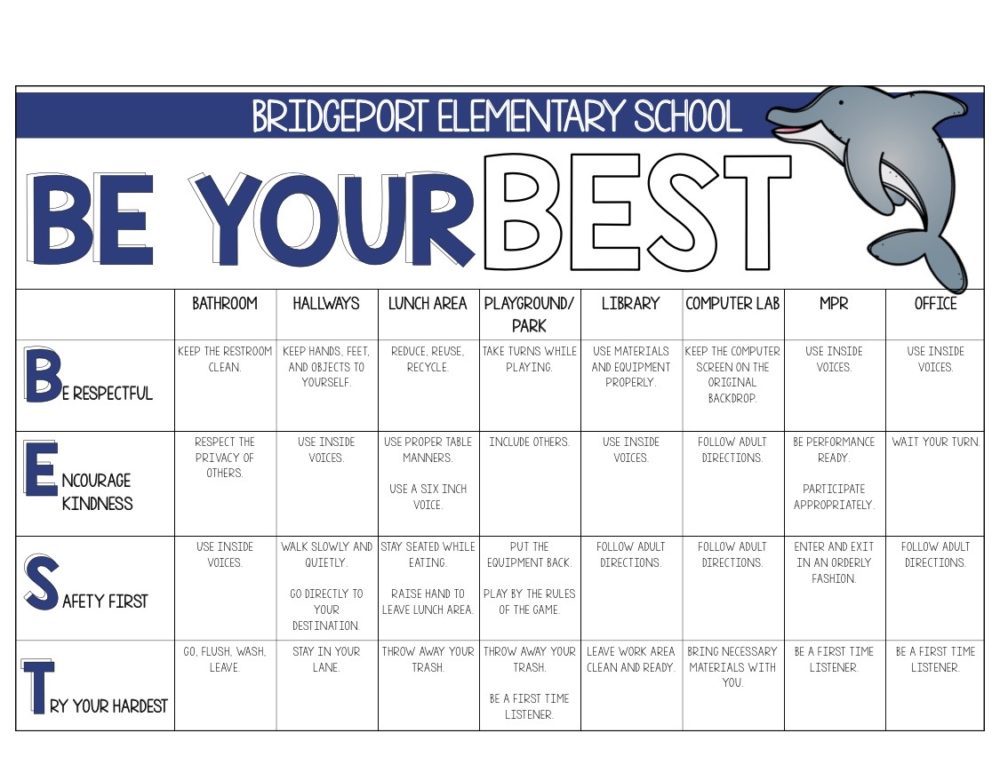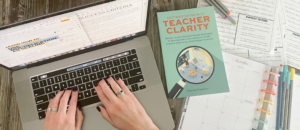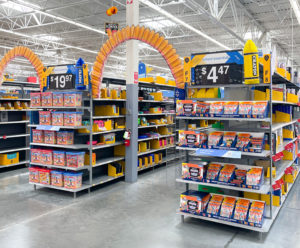Classroom management and strong teaching go hand in hand. In order to have an effective lesson go off without a hitch, you need to make sure your classroom management is intact.
I learned that the hard way when I started teaching.
The behavior expectations I set for my students were not specific or measurable. They were open to interpretation, which caused a lot of drama!
I had three classroom rules:
- Have fun.
- Listen while others talk.
- Raise your hand to share.
These rules didn’t allow me to explicitly teach students how to behave while participating in certain tasks in our classroom. Have fun? What does that even mean? Everyone has their own interpretation and this rule had students taking advantage of what fun means to them.
As I learned more about Positive Behavior Interventions and Supports (PBIS), I learned that rules need to be expectations, and those expectations need to be explicit. Creating these very specific expectations, made a huge difference in my classroom environment and my teaching.

Here are five tips I learned over the years for creating and implementing behavior expectations that work.
Make them activity specific.
Think about your instructional day and your daily schedule. Break those activities/daily lessons up into sections. Here’s an example:
- Independent Work
- Whole Group Lessons
- Small Group/Partner Work
- Entering/Exiting
- Morning Meeting
Think about the expectations you have for each of these activities in your classroom and list them under each activity. Some of the same expectations might fall under multiple activities, and that’s okay!
Phrase them positively.
Write the behavior expectations in a positive way. Stay away from saying “don’t” or “no” and phrase them in a way that tells students what to do instead of what not to do.
Here’s an example. If you want your students to walk and not run as they enter the classroom, then you might be inclined to say “Don’t run.” Instead of saying it negatively, phrase it as “Walk when entering the classroom” or “Use walking feet.”
Here are a couple of other examples:
- Instead of “Don’t talk while others are talking,” say “Use a voice level 0 while others are talking.”
- Instead of “No shouting out,” say “Use our classroom sign language to share an idea with our class.”
Call out the action with specificity.
The first set of classroom rules I created for my first classroom was not specific. Here they are again:
- Have fun.
- Listen while others talk.
- Raise your hand to share.
They didn’t give my students a specific instance to refer to in order to understand how to behave or know what was expected.
In order to help your students be successful, it’s important to be specific about what action or expectation you want to see. If I were creating expectations for independent work, the specific actions I’d want students to do are:
- Use a voice level of 0 while working.
- Use our classroom sign language while raising your hand to ask a question.
- Write your level of understanding of your independent work.
- Choose an early finisher to complete if you finish your work early.
These are four specific, concise, and positively written expectations that are easy for students to follow.
Post them in a visible location.
It’s important to have these expectations posted in a visible location for students to see at all times and for you to refer to throughout the day. I liked to make a giant bulletin board that was dedicated just to behavior expectations.

It looked like a matrix in some of my classrooms, but I also made mini posters that were helpful to my students too! Each of these displays also followed our PBIS core values. They were “Be Your B.E.S.T.” which stood for
- Be respectful
- Encourage kindness
- Safety first
- Try your hardest
The expectations I wrote for each activity we did in our class also aligned with these four values.
Explicitly teach the expectations and review them daily/weekly.
I definitely used the first few weeks of school to teach behavior expectations, but it didn’t stop there. I reviewed expectations before whole group lessons, before students worked independently while entering and exiting the classroom, and especially when we were returning from breaks. It’s extremely important to teach and review expectations. We can’t assume our students remember or understand what behavior should look like during certain situations, so take the time to remind them what you expect. They’ll more than likely live up to that expectation.
You can start doing all of this in your classroom, but the ultimate goal is to have these set up schoolwide and in each area of the school. Set expectations for assemblies, hallways, front office, restrooms, etc. It is so important to be explicit about what you expect.





